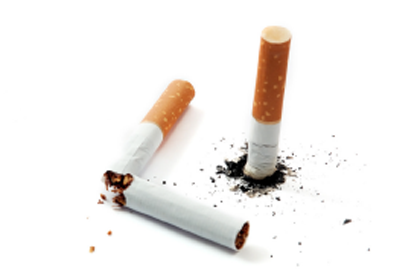Search
Related Articles
Arthralgia is pain in one or more joints, with no inflammation. It may be short-term and get better within 6 to 8 weeks. Arthralgia can be an early sign of arthritis. Arthralgia may be caused by a medical condition, such as a hormone disorder or a tumor. It may also be caused by an infection or injury.
DISCHARGE INSTRUCTIONS
Medicines:
The following medicines may be ordered for you
• Acetaminophen decreases pain. Ask how much to take and how often to take it. Follow directions. Acetaminophen can cause liver damage if not taken correctly
• NSAIDs decrease pain and prevent swelling. Ask your doctor which medicine is right for you. Ask how much to take and when to take it. Take as directed. NSAIDs can cause stomach bleeding and kidney problems if not taken correctly
• Pain relief cream decreases pain. Use this cream as directed
• Take your medicine as directed.Contact your doctor if you think your medicine is not helping or if you have side effects. Tell him of her if you are allergic to any medicine. Keep a list of the medicines, vitamins, and herbs you take. Include the amounts, and when and why you take them. Bring the list or the pill bottles to follow-up visits. Carry your medicine list with you in case of an emergency
• Follow up with your doctor or specialist as directed: Write down your questions so you remember to ask them during your visits.
Self-care:
• Apply heat to help decrease pain. Use a heating pad or heat wrap. Apply heat for 20 to 30 minutes every 2 hours for as many days as directed
• Rest as much as possible. Avoid activities that cause joint pain
• Apply ice to help decrease swelling and pain. Ice may also help prevent tissue damage. Use an ice pack, or put crushed ice in a plastic bag. Cover it with a towel and place it on your painful joint for 15 to 20 minutes every hour or as directed
• Support the joint with a brace or elastic wrap as directed
• Elevate your joint above the level of your heart as often as you can to help decrease swelling and pain. Prop your painful joint on pillows or blankets to keep it elevated comfortably
• Lose weight if you are overweight. Extra weight can put pressure on your joints and cause more pain. Ask your doctor how much you should weigh. Ask him to help you create a weight loss plan
• Exercise regularly to help improve joint movement and to decrease pain. Ask about the best exercise plan for you. Low-impact exercises can help take the pressure off your joints. Examples are walking, swimming, and water aerobics
Physical therapy:
A physical therapist teaches you exercises to help improve movement and strength, and to decrease pain. Ask your doctor if physical therapy is right for you.
Contact your doctor or specialist if:
• You have a fever
• You continue to have joint pain that cannot be relieved with heat, ice, or medicine
• You have pain and inflammation around your joint
• You have questions or concerns about your condition or care
Return to the emergency department if:
• You have sudden, severe pain when you move your joint
• You have a fever and shaking chills
• You cannot move your joint
• You lose feeling on the side of your body where you have the painful joint
© 2017 Truven Health Analytics LLC All illustrations and images included in CareNotes® are the copyrighted property of A.D.A.M., Inc. or Truven Health Analytics.
Click the link for more information on Orthopaedics and Sports Medicine Clinical Service
Click the link for more information on Rehabilitation Clinical Service











